Cathedral Ceiling Vapor Retarder? Zone 5 Connecticut
We are re-doing a hipped roof cathedral ceiling that had chronic moisture problems due to lack of venting & that it was sheathed with 1×6 T&G planks.
We are removing the T&G, firing down the 2×6 rafters to a full 12” using plywood gussets & 2×4’s as the bottom cord and re-insulate with R-38 Fiberglass including rafter vents
The T&G planking will be replaced with ½ GWB
We are adding soffit vents (None existed before) and adding Cobra hip-ridge vents 1/3 of the way down the hips. (It is not recommended to vent hips more than 1/3 of the way down). Below the 1/3 point we will drill the rafters to allow air flow up to the Cobra hip-ridge vents. I also think there will be some cross ventilation between bays due to our plywood gusset/2×4 build down.
Because the existing rafters are irregularly spaced between 20” and 25” on center we are planning to use un-faced fiberglass press fit in to place.
After the fiberglass is installed, we plan to strap the ceiling across the rafters with 5/4×4 – 16” OC
There won’t be any recessed lights or other perforations in the new sheetrock so it should be pretty air tight.
My questions is before the strapping goes on should I install some kind of vapor retarder?
Considering Aqua Bar B asphalt Kraft paper, a class 2 vapor barrier or CertainTeeds Membrain, both products are readily available at my local supplier or HD and relatively low cost.
From what I can see on the web the perm rating of Kraft paper like the Aqua Bar B is 0.4 to 4.2 and the Membrain is 1 to 10
Your thoughts on this?
Thanks – Jud
Normal
0
false
false
false
EN-US
X-NONE
X-NONE
/* Style Definitions */
table.MsoNormalTable
{mso-style-name:”Table Normal”;
mso-tstyle-rowband-size:0;
mso-tstyle-colband-size:0;
mso-style-noshow:yes;
mso-style-priority:99;
mso-style-parent:””;
mso-padding-alt:0in 5.4pt 0in 5.4pt;
mso-para-margin-top:0in;
mso-para-margin-right:0in;
mso-para-margin-bottom:8.0pt;
mso-para-margin-left:0in;
line-height:107%;
mso-pagination:widow-orphan;
font-size:11.0pt;
font-family:”Calibri”,sans-serif;
mso-ascii-font-family:Calibri;
mso-ascii-theme-font:minor-latin;
mso-hansi-font-family:Calibri;
mso-hansi-theme-font:minor-latin;
mso-bidi-font-family:”Times New Roman”;
mso-bidi-theme-font:minor-bidi;}
GBA Detail Library
A collection of one thousand construction details organized by climate and house part
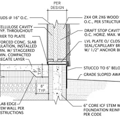
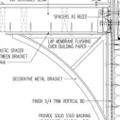


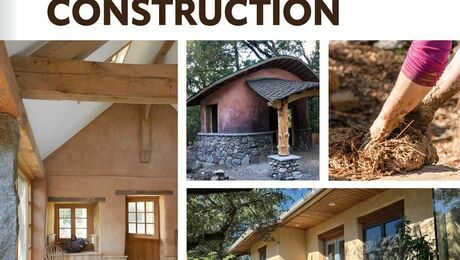
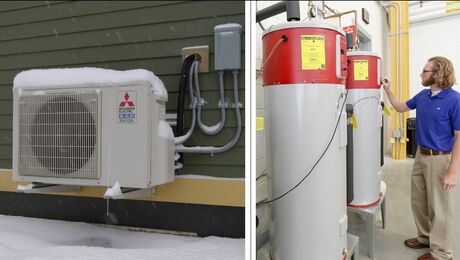

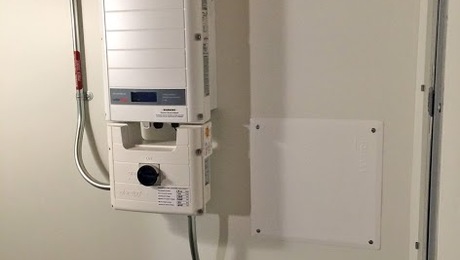

Replies
That looks like a hell of a mess to fix there. Your plan sounds great, it should fix the issues you had.
Our code (I'm in zone 5) requires a vapor barrier in any ceiling, plus it is a good idea to limit the amount of moisture transfer in a cathedraled ceiling. As a bonus well detailed smart vapor retarder under the batts can also work as a secondary air barrier which never hurts.
You can also look at replacing the drywall with 3/4" to 1" foil faced rigid insulation. With the seams taped with a quality tape, this can work as both your air and vapor barrier and a bit easier to install overhead. It also bumps up your assembly R value slightly which never hurts. You can nail the T&G through the iso with 2.5" nails.